Home>Gardening & Outdoor>Outdoor Structures>How To Prevent Animals From Nesting Under A Shed
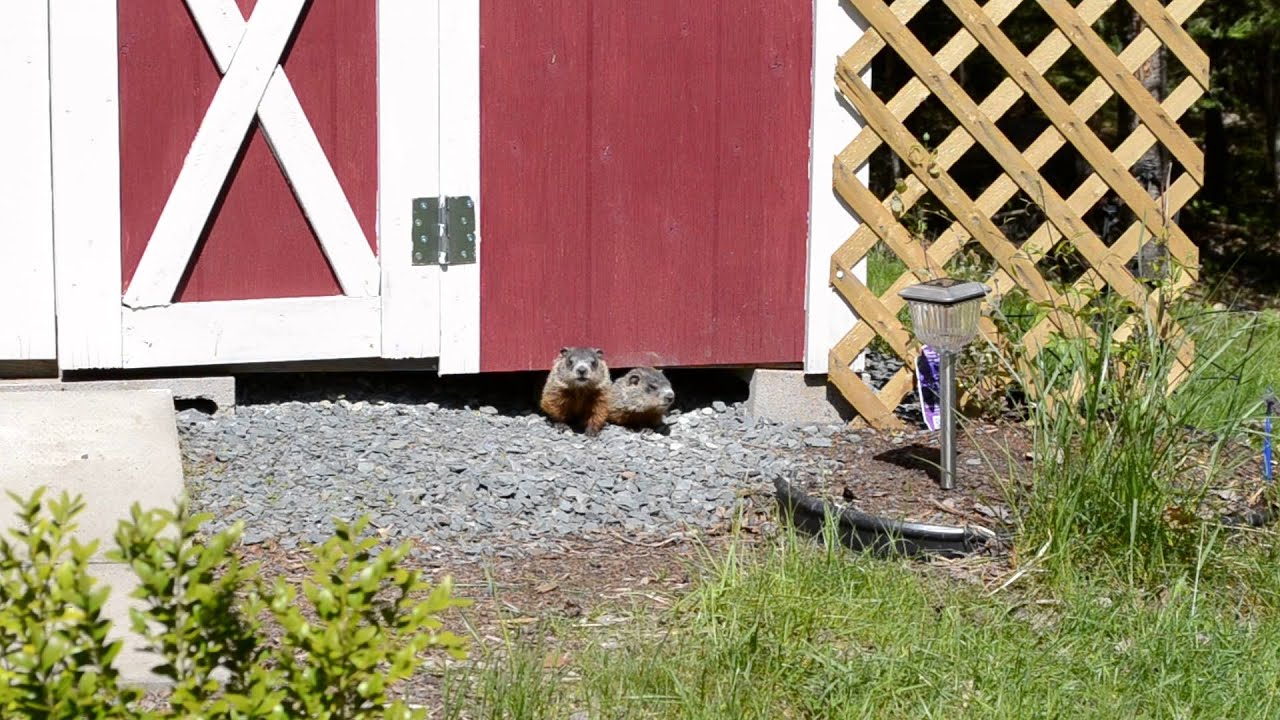

Outdoor Structures
How To Prevent Animals From Nesting Under A Shed
Published: January 20, 2024
Learn effective strategies to keep animals from nesting under your outdoor structures. Discover practical tips and solutions for preventing unwanted wildlife under your shed.
(Many of the links in this article redirect to a specific reviewed product. Your purchase of these products through affiliate links helps to generate commission for Storables.com, at no extra cost. Learn more)
**
Introduction
**
When it comes to creating a cozy outdoor space, a shed can be a valuable addition to any property. However, one common issue that many shed owners face is animals nesting underneath the structure. Not only can this lead to potential damage to the shed and its surroundings, but it can also pose a nuisance and potential safety hazard. Understanding how to prevent animals from nesting under a shed is essential for maintaining the integrity of the structure and ensuring a harmonious coexistence with the local wildlife.
In this comprehensive guide, we will delve into effective strategies for deterring animals from making your shed their home. From understanding the root of the problem to implementing practical solutions and regular maintenance, we will cover every aspect of this issue. By the end of this article, you will be equipped with the knowledge and tools to safeguard your shed from unwanted animal inhabitants, promoting a secure and well-maintained outdoor space.
Key Takeaways:
- Keep animals from nesting under your shed by clearing the area, sealing off entry points, and using deterrents like scents and sound to create an unwelcoming environment for wildlife.
- Regular maintenance, including cleaning the area, inspecting for damage, and eliminating food sources, is crucial for preventing animals from nesting under your shed and maintaining a harmonious outdoor space.
Read more: How To Prevent Wasp Nests Under Eaves
Understanding the Problem
Before delving into preventive measures, it’s crucial to understand why animals are drawn to nesting under sheds. Sheds provide a sheltered and relatively undisturbed environment, making them an appealing spot for various critters seeking refuge. Additionally, the space beneath a shed often offers protection from the elements, making it an attractive location for animals to seek shelter.
Common culprits include rodents such as mice, rats, and squirrels, as well as ground-dwelling animals like skunks, opossums, and even feral cats. These creatures may seek out the area under a shed for nesting, rearing young, or simply finding a secure place to rest.
Furthermore, the presence of food sources, such as garbage or pet food, near the shed can exacerbate the issue by attracting animals. Understanding the specific wildlife in your area and their nesting behaviors can provide valuable insight into how to effectively address the problem.
By recognizing the factors that make the space under a shed appealing to animals, shed owners can take proactive steps to make the area less inviting, ultimately discouraging wildlife from making it their home.
Clearing and Sealing the Area
One of the first steps in preventing animals from nesting under a shed is to clear and seal the area effectively. Start by removing any debris, such as fallen branches, leaves, or other clutter, from around the shed. This not only eliminates potential nesting materials for animals but also reduces hiding spots that may attract them.
Next, inspect the perimeter of the shed for any gaps, holes, or openings that could serve as entry points for animals. Common entry points include gaps between the shed and the ground, openings in the skirting, or holes in the foundation. Seal these openings using durable materials such as hardware cloth, wire mesh, or concrete to prevent animals from accessing the space beneath the shed.
For sheds with wooden skirting, consider installing a metal mesh barrier around the base to create a secure enclosure. This barrier should extend into the ground to deter burrowing animals and prevent them from gaining access to the underside of the shed.
Additionally, applying a layer of gravel or coarse mesh under the shed can act as a deterrent by creating an uncomfortable surface for animals to traverse. This can discourage digging and nesting while maintaining proper drainage around the shed.
By effectively clearing the area around the shed and sealing off potential entry points, shed owners can significantly reduce the likelihood of animals nesting underneath the structure.
Place wire mesh or hardware cloth around the bottom of the shed to block access for animals. Keep the area clean and free of food scraps to discourage nesting.
Using Deterrents
Implementing deterrents is an effective way to discourage animals from nesting under a shed. There are various methods and products that can be employed to create an environment that is unwelcoming to wildlife.
One common deterrent is the use of strong scents or odors that animals find unpleasant. For example, placing ammonia-soaked rags or cotton balls soaked in predator urine around the perimeter of the shed can deter animals from approaching the area. Additionally, natural repellents such as peppermint oil or citrus peels can be strategically placed to create an unappealing environment for nesting.
Another effective approach is the use of sound and light. Installing motion-activated devices that emit ultrasonic sound waves or flashing lights can startle and deter animals from lingering around the shed. These devices are humane and eco-friendly, providing an effective means of discouraging wildlife without causing harm.
Physical barriers can also be employed to prevent animals from accessing the space beneath the shed. Installing an L-shaped barrier made of durable materials, such as metal flashing or wire mesh, around the perimeter of the shed creates a physical obstacle that deters animals from entering the area.
Furthermore, strategically placing deterrents such as predator decoys or reflective objects near the shed can create an environment that animals perceive as unsafe, prompting them to seek alternative nesting sites.
When using deterrents, it’s essential to regularly inspect and maintain them to ensure their continued effectiveness. By combining multiple deterrent methods, shed owners can create an environment that actively discourages animals from nesting under the shed, promoting a harmonious coexistence with local wildlife.
Regular Maintenance
Maintaining a shed and its surrounding area is key to preventing animals from nesting underneath it. Regular upkeep not only deters wildlife but also ensures the structural integrity of the shed.
One essential maintenance task is to keep the area around the shed clean and free of debris. Regularly remove fallen leaves, branches, and other clutter to eliminate potential nesting materials and hiding spots for animals. This also helps maintain a clear line of sight around the shed, making it less appealing for wildlife seeking shelter.
Inspect the shed for any signs of damage or wear, especially along the skirting and foundation. Repair any cracks, gaps, or holes promptly to prevent animals from exploiting these vulnerabilities as entry points. Additionally, ensure that the skirting is securely attached and free from damage to maintain a solid barrier against wildlife intrusion.
Regularly check and maintain any deterrents that have been implemented. Replace or replenish scent-based repellents, ensure that motion-activated devices are functioning correctly, and inspect physical barriers for any signs of damage or deterioration. Consistent maintenance of these deterrents is crucial for their continued effectiveness in deterring animals from nesting under the shed.
Furthermore, it’s important to address any potential food sources that may be attracting animals to the area. Secure garbage bins, remove spilled birdseed or pet food, and minimize the presence of food scraps around the shed. By eliminating food sources, shed owners can reduce the likelihood of attracting wildlife to the vicinity of the shed.
Regularly inspect the perimeter of the shed and the surrounding area to identify and address any changes that may make the space more inviting to animals. By staying proactive and maintaining a clean, well-kept outdoor space, shed owners can effectively deter animals from nesting under the shed while promoting a welcoming environment for human use.
Conclusion
Preventing animals from nesting under a shed is a proactive endeavor that requires a combination of understanding, preparation, and ongoing maintenance. By recognizing the factors that make the space under a shed appealing to wildlife and implementing effective solutions, shed owners can create an environment that is less inviting to nesting animals.
Clearing and sealing the area around the shed, using deterrents, and maintaining a clean and well-kept outdoor space are essential components of a comprehensive strategy to prevent animals from nesting under the shed. By addressing these aspects, shed owners can minimize the likelihood of wildlife intrusion and protect the integrity of the shed and its surroundings.
It’s important to approach wildlife deterrents with a humane and eco-friendly mindset, utilizing methods that discourage nesting without causing harm to animals. Additionally, staying proactive and conducting regular maintenance is vital for ensuring the ongoing effectiveness of preventive measures.
Ultimately, by taking the necessary steps to prevent animals from nesting under a shed, shed owners can foster a secure and harmonious outdoor environment, promoting the coexistence of human occupants and local wildlife. With the knowledge and strategies outlined in this guide, shed owners can confidently safeguard their sheds from unwanted animal inhabitants, creating a tranquil and well-maintained outdoor space for all to enjoy.
Frequently Asked Questions about How To Prevent Animals From Nesting Under A Shed
Was this page helpful?
At Storables.com, we guarantee accurate and reliable information. Our content, validated by Expert Board Contributors, is crafted following stringent Editorial Policies. We're committed to providing you with well-researched, expert-backed insights for all your informational needs.

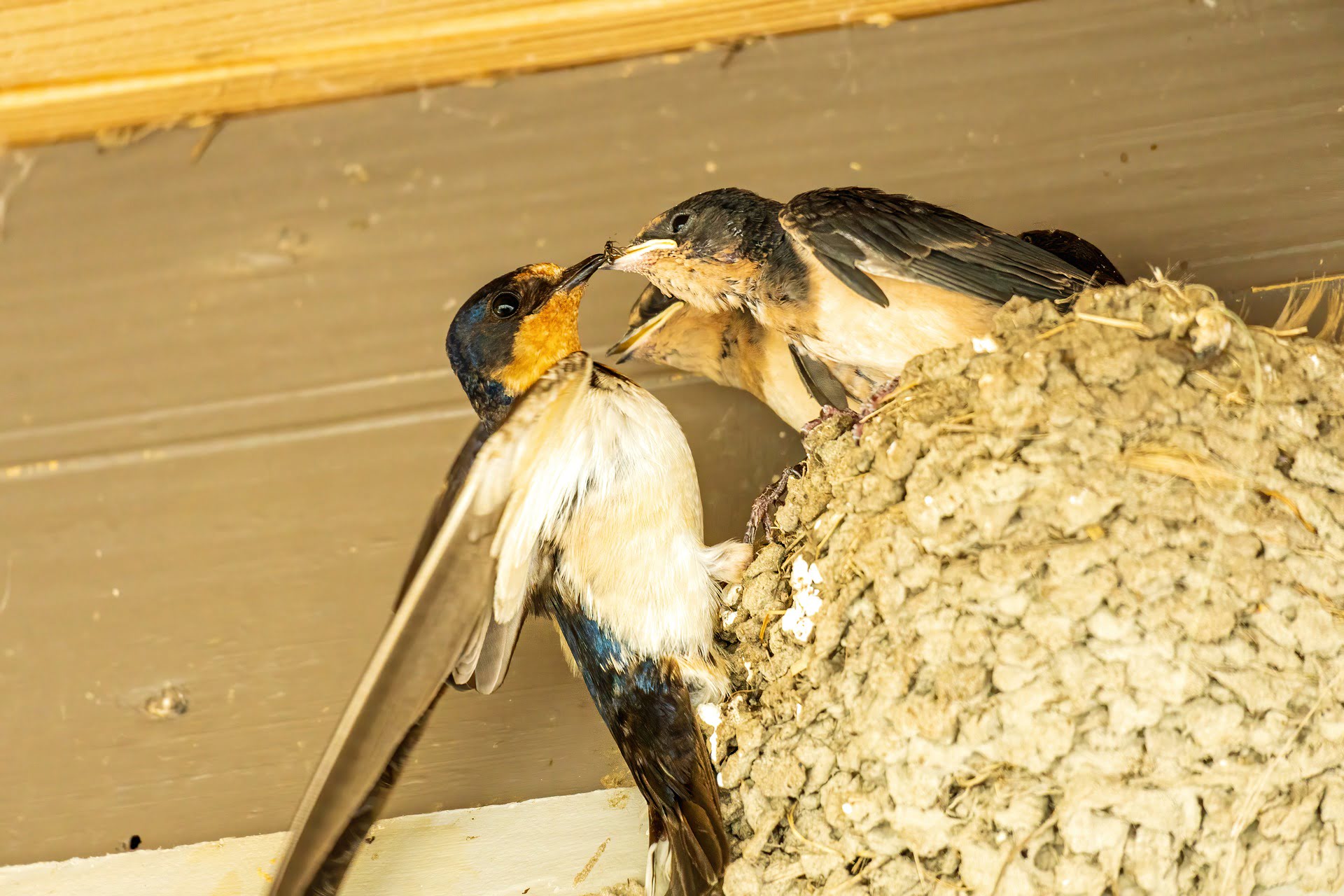
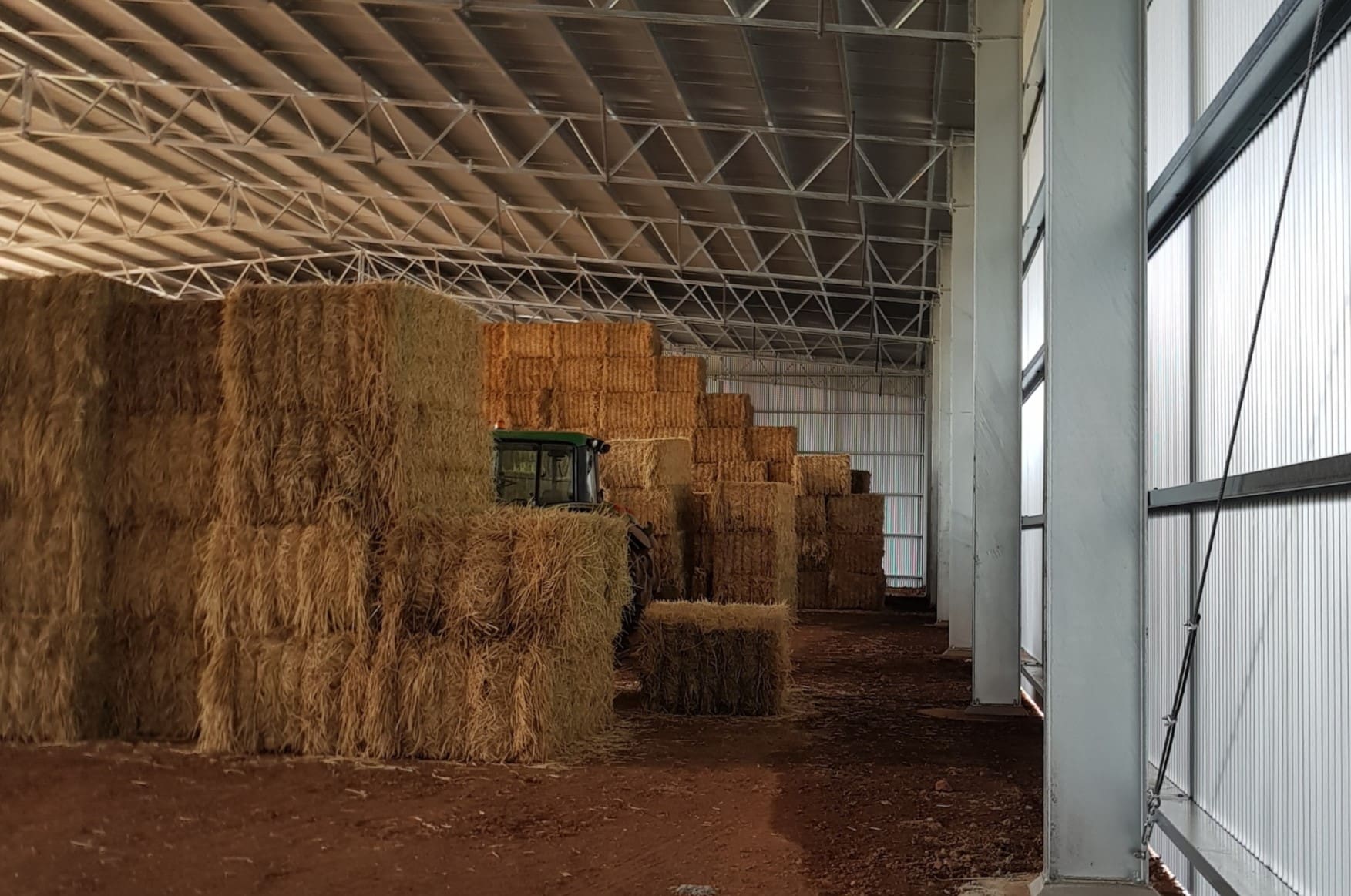
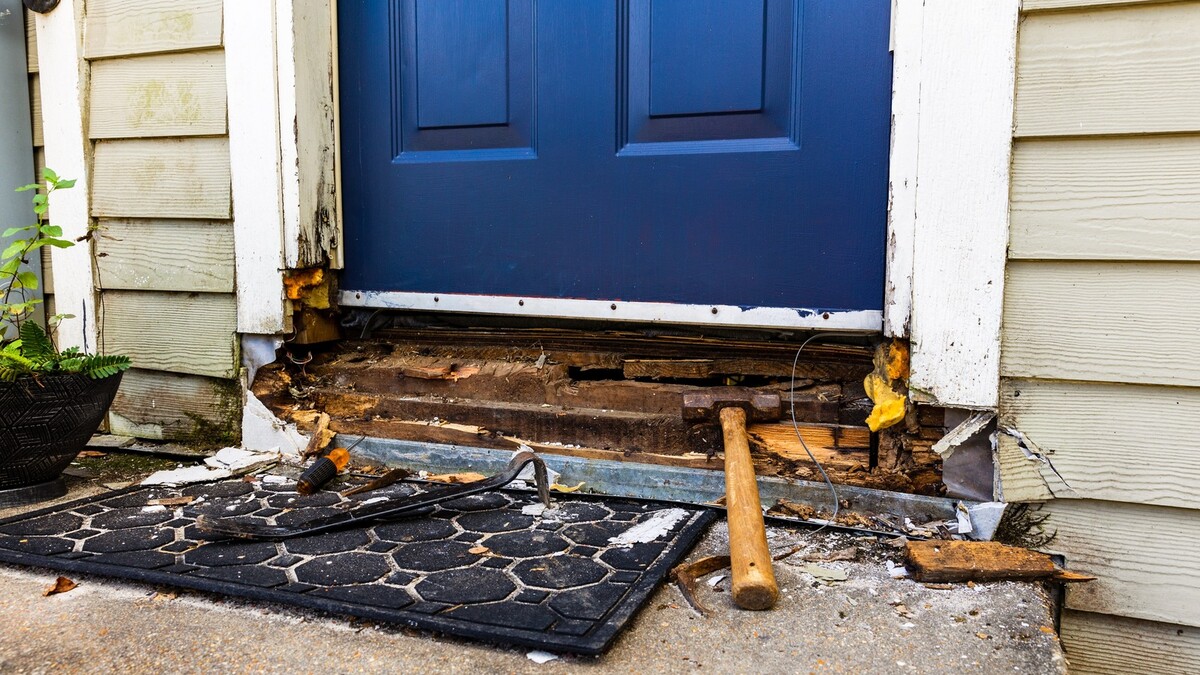
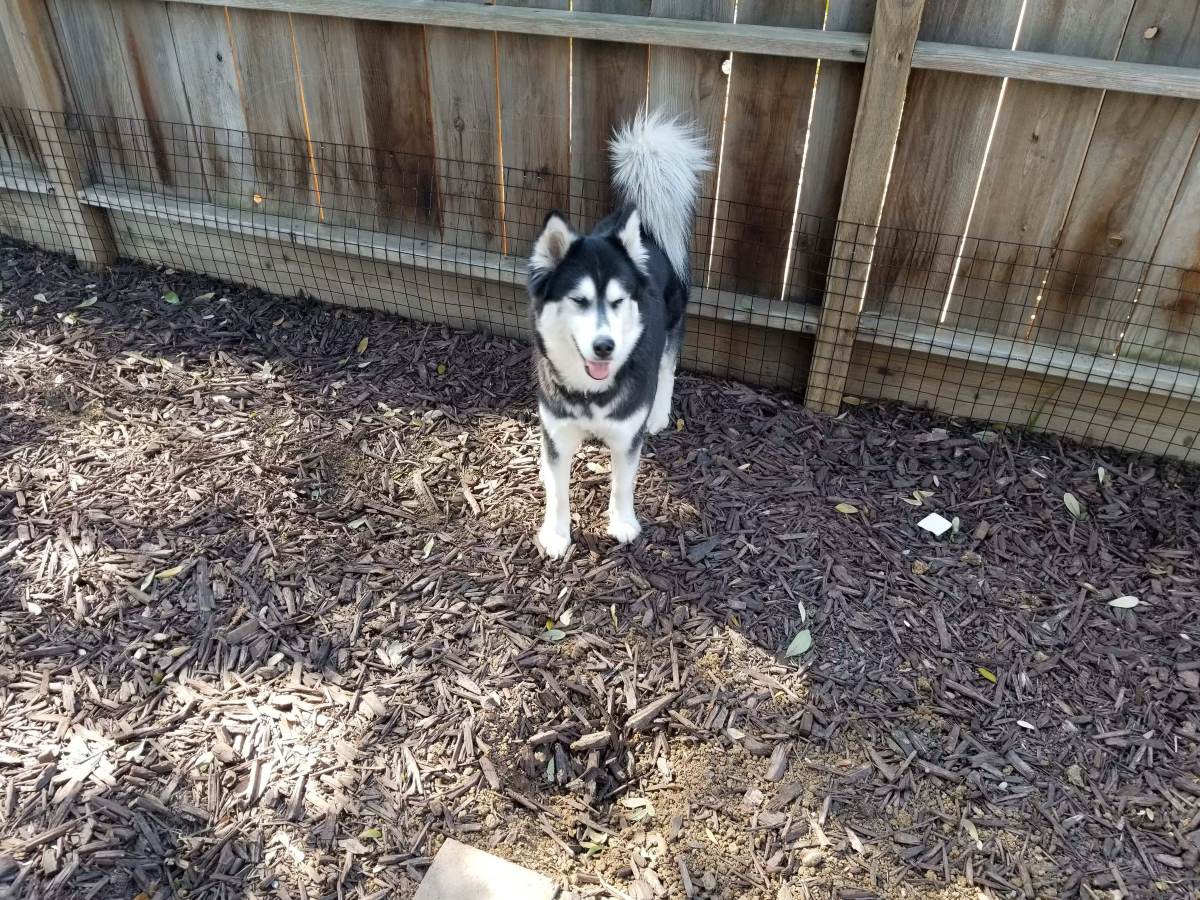
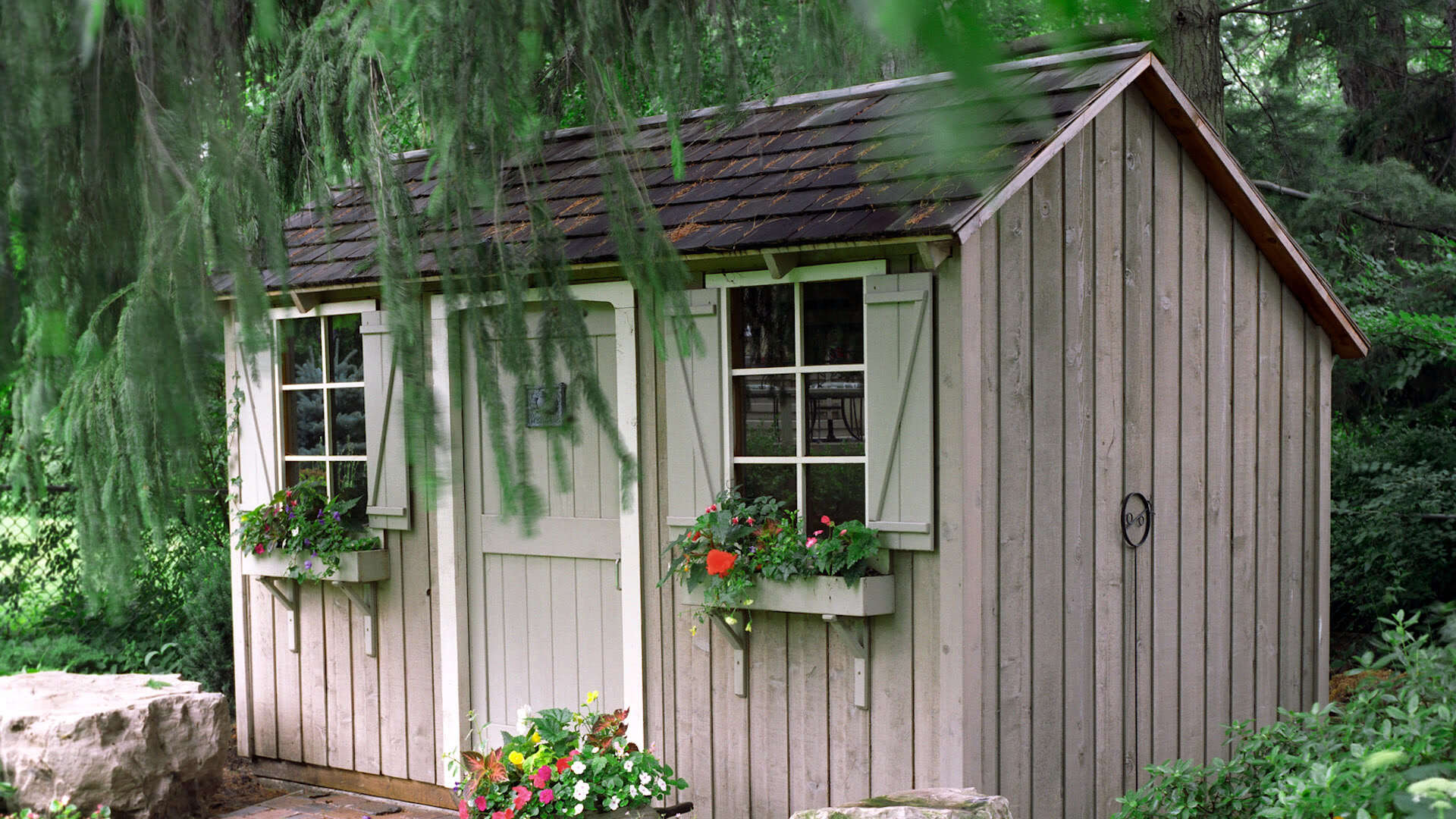
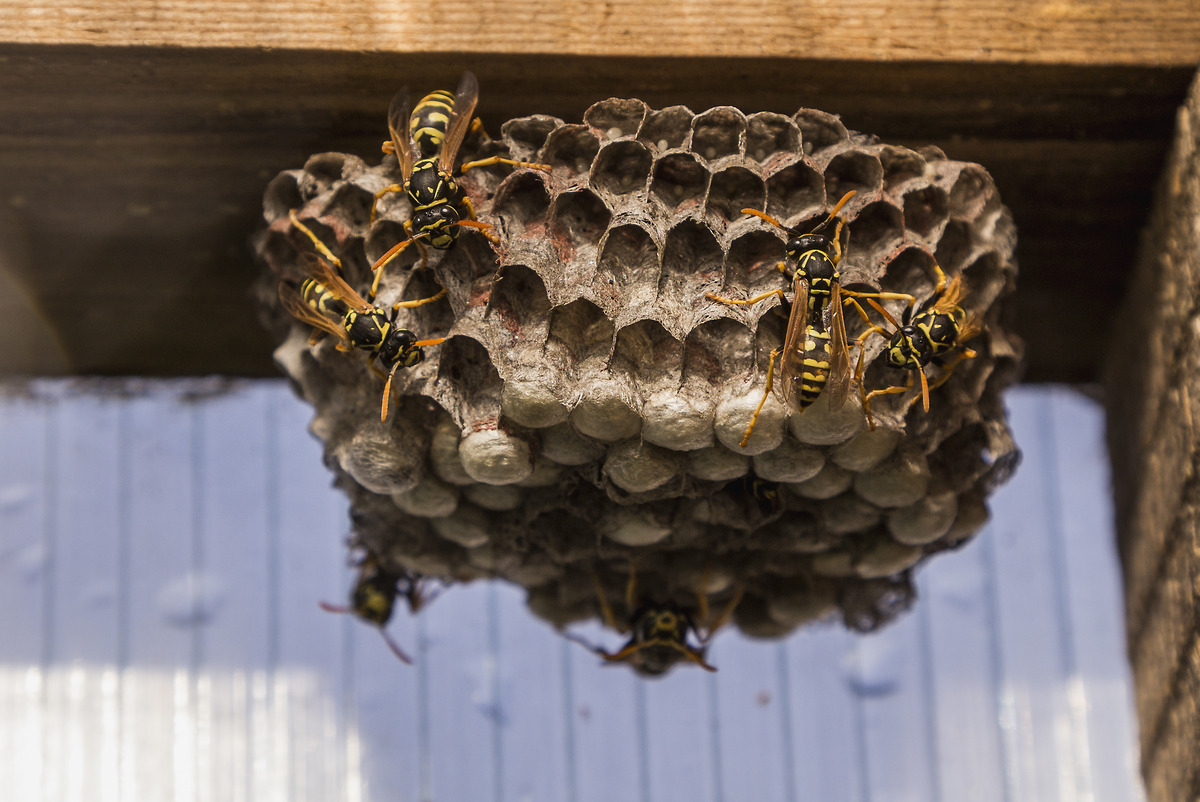
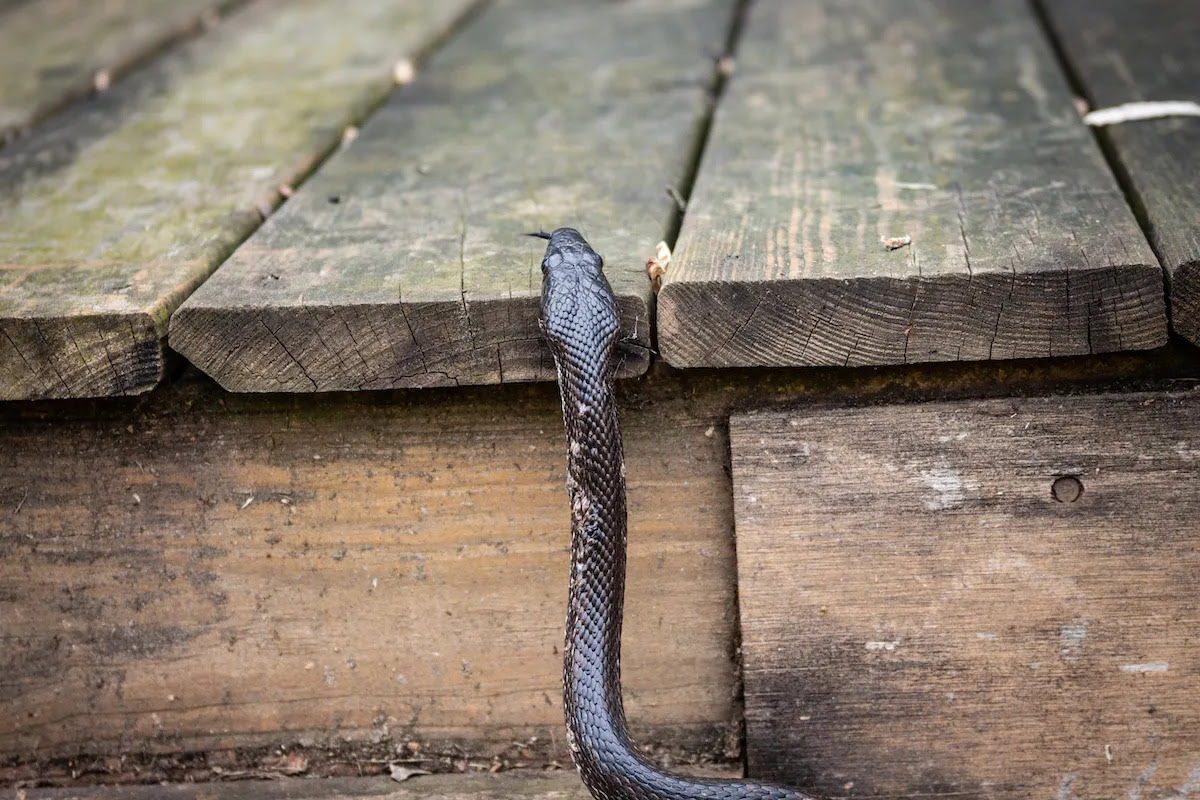
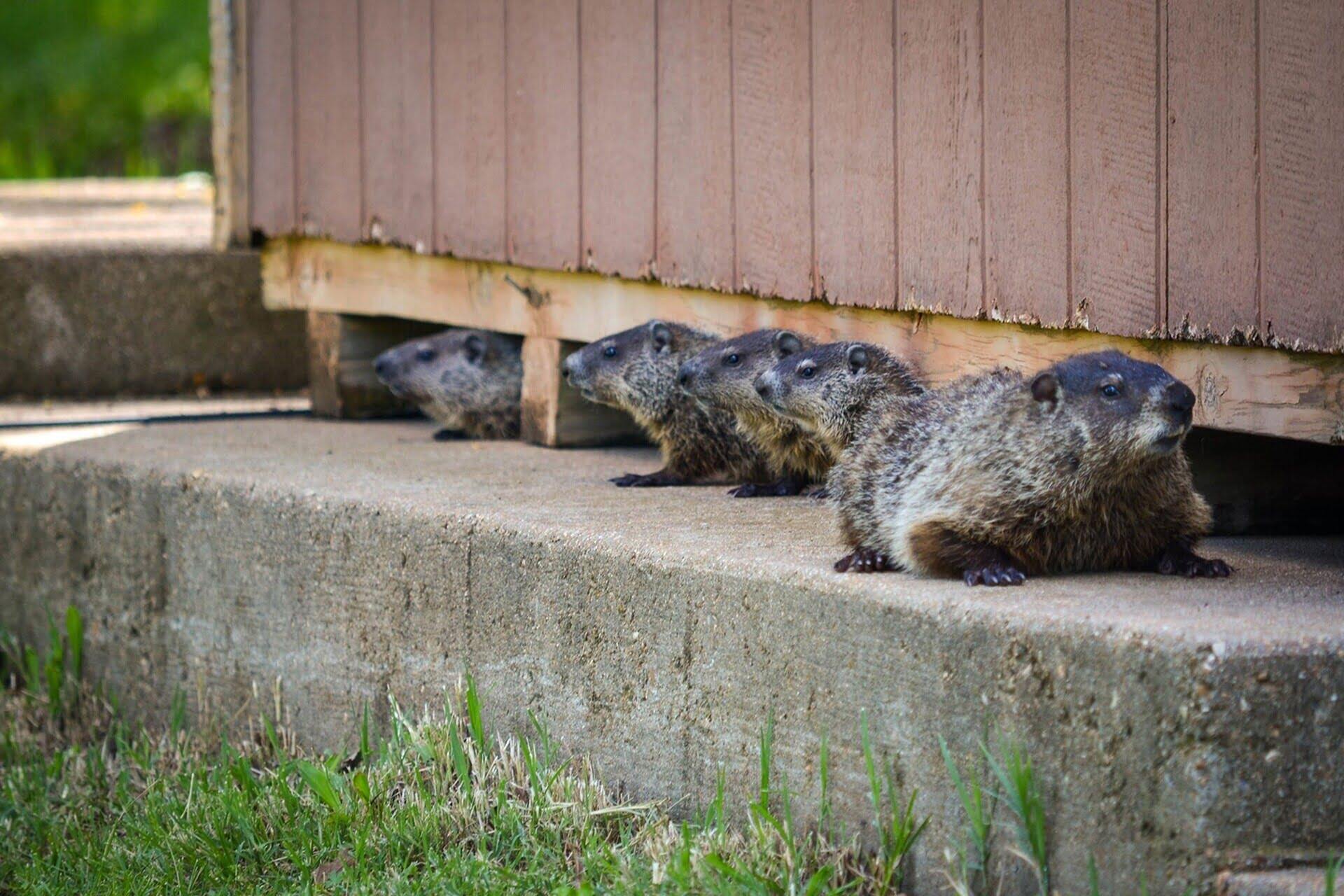
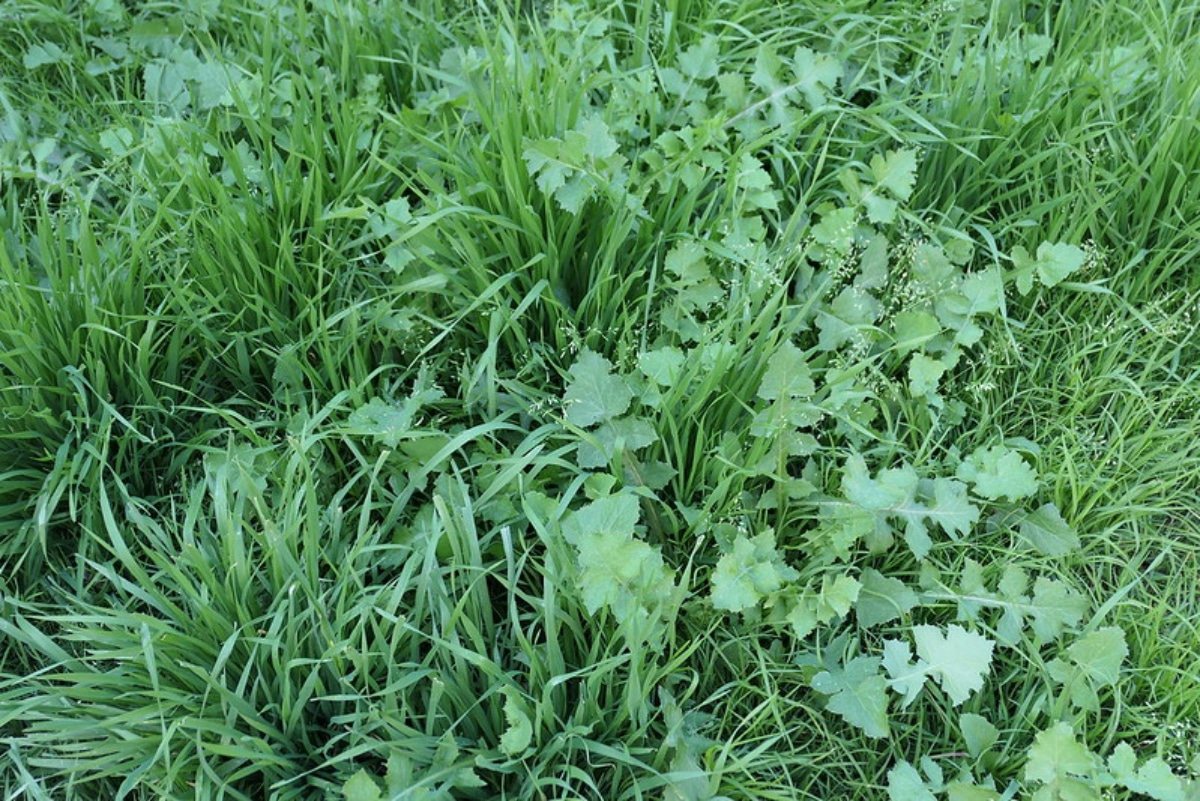
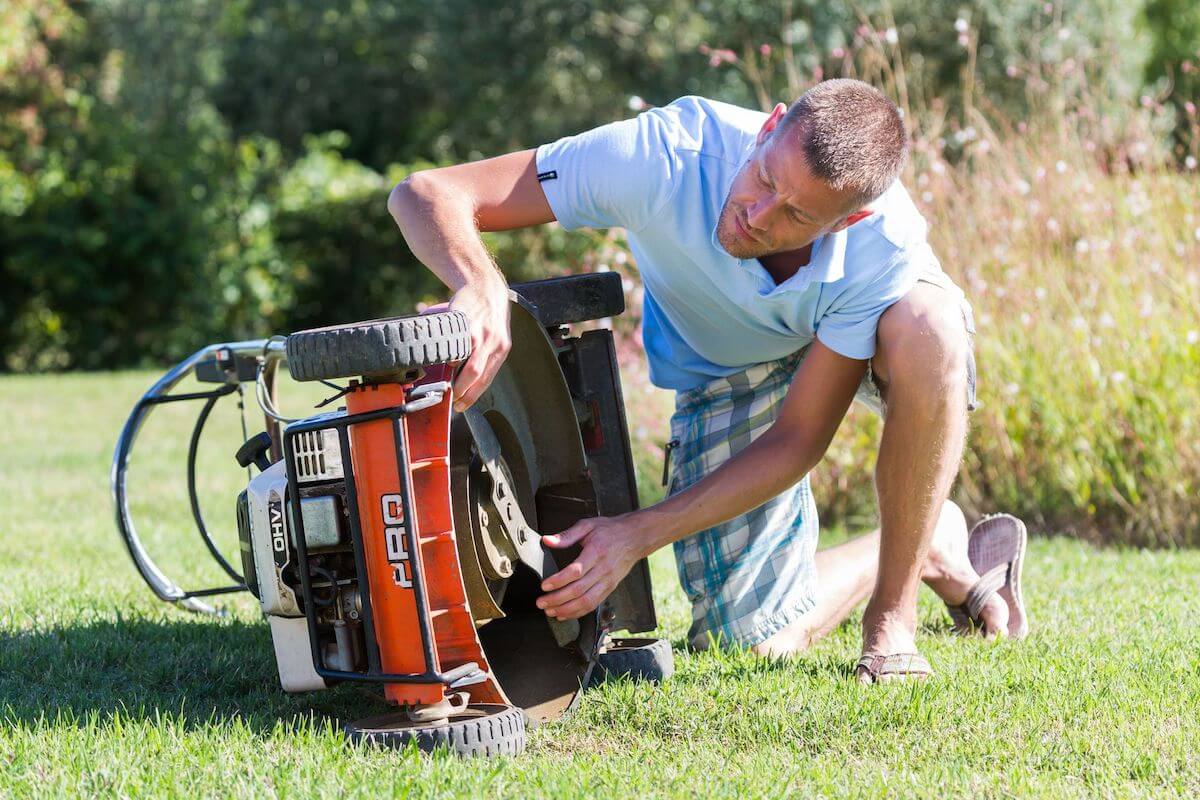
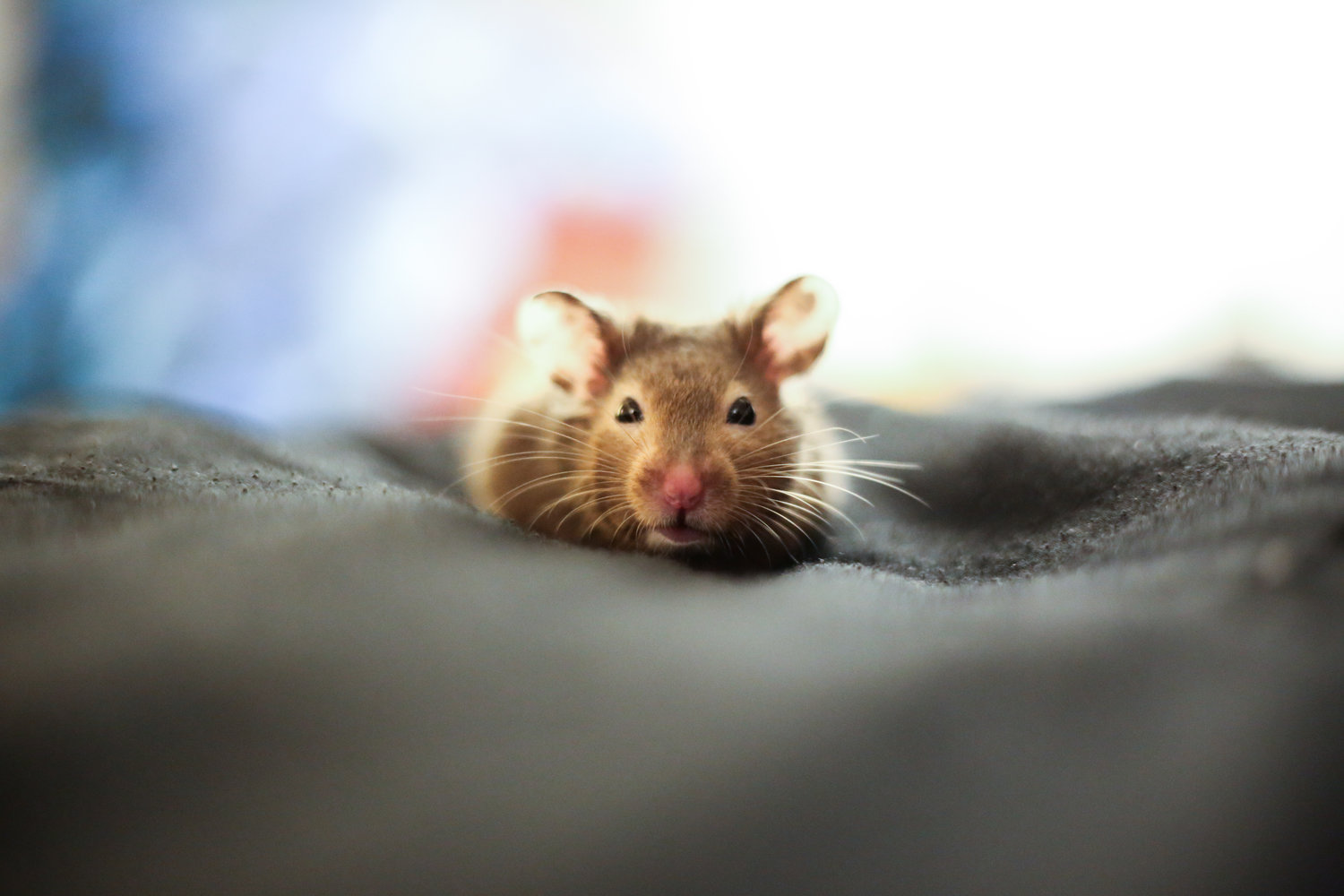
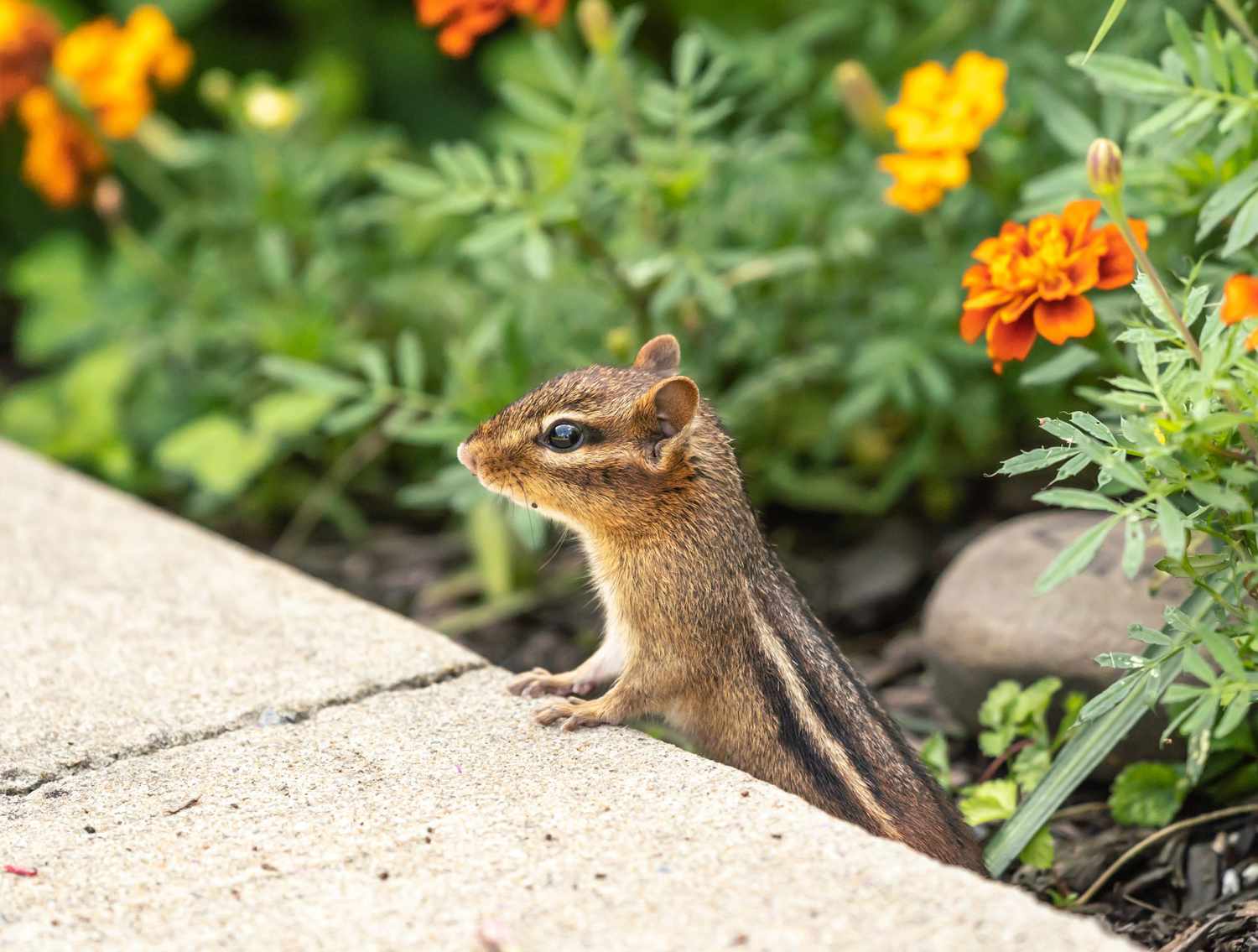
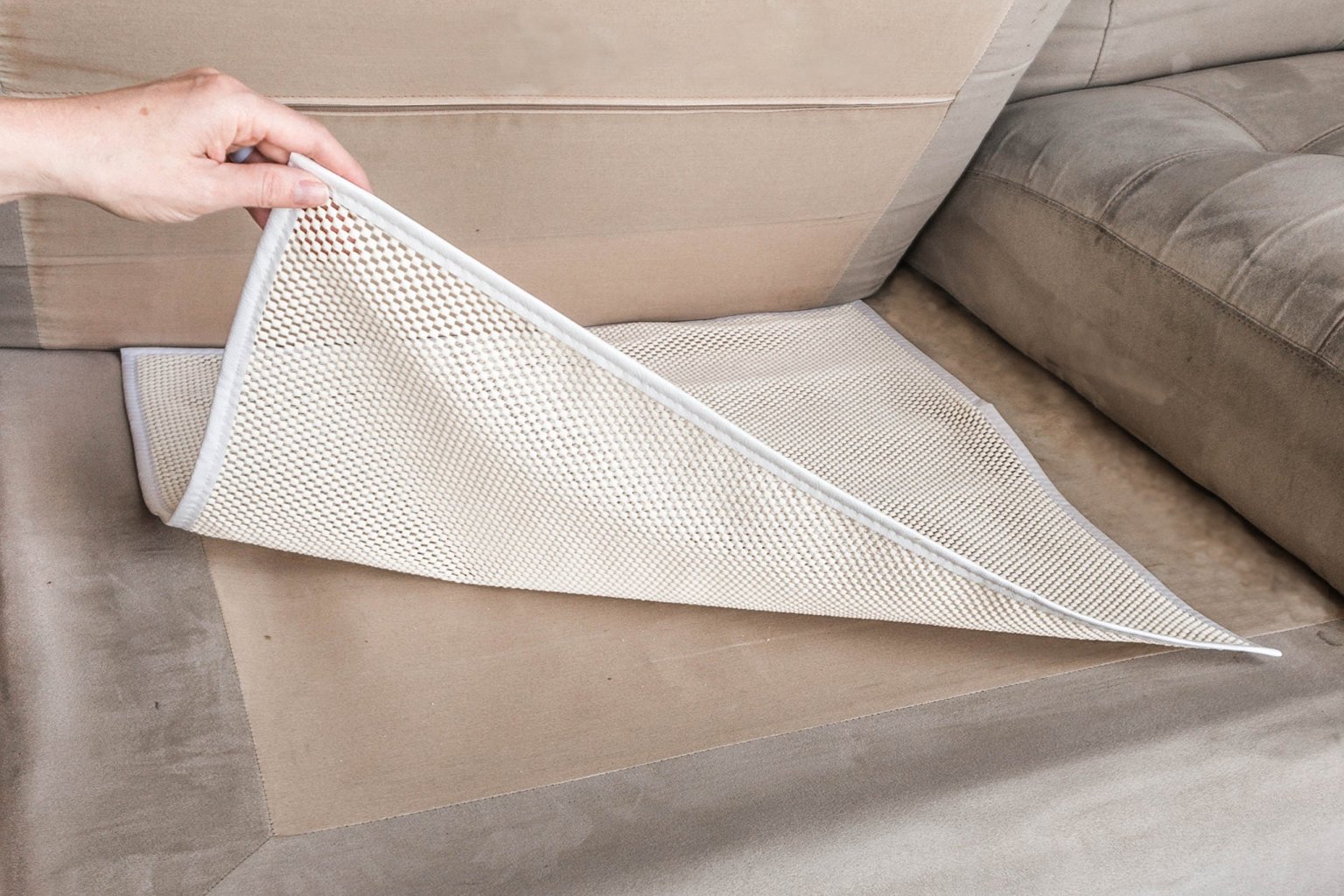

0 thoughts on “How To Prevent Animals From Nesting Under A Shed”